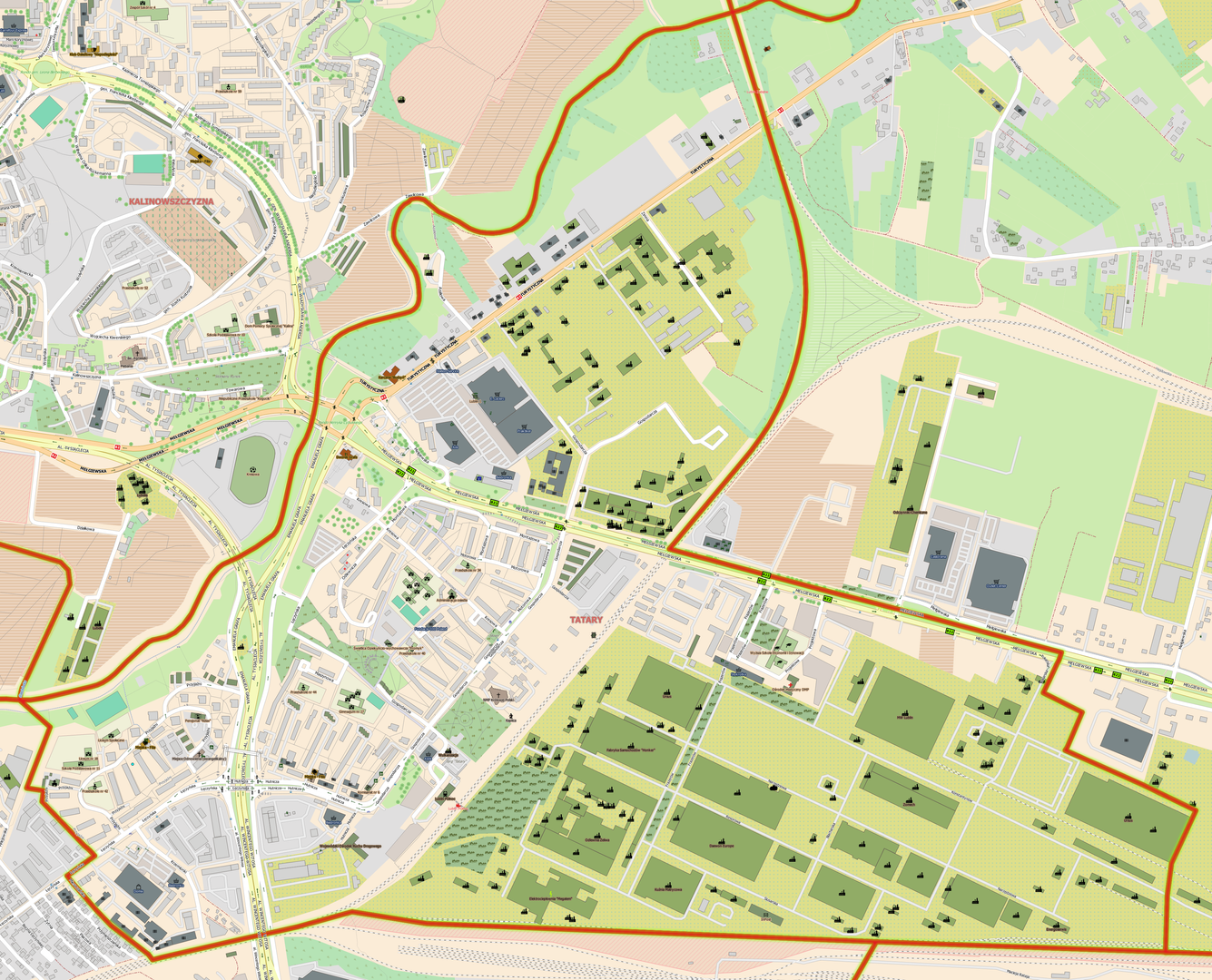Tatars
6.36

Overview
Tatary is a residential district in Lublin, located east of the Old Town, with a history dating back to pre-partition times. The name of the district is linked to the settlement of Tatar people there by Polish kings, primarily Władysław Jagiełło, who saw the Tatars as a potential defensive factor. The first mentions of Tatary as a settlement appear in sources from 1464. In the 16th century, Tatary developed as a suburb of Lublin, benefiting from the fertility of the surrounding lands. During the partitions, Tatary became a municipality, and its status changed as subsequent owners acquired properties, which influenced its infrastructural development.
In the 20th century, after World War II, Tatary transformed into one of the first housing estates in Lublin, largely due to the establishment of the Factory of Heavy-Duty Vehicles. Construction in the 1950s and 1960s was characterized by the widespread use of prefabricated panels, and the estate was divided into three parts: northern, southern, and central, designed by renowned architects. In the 1970s, the largest phase of expansion was completed, with the construction of high-rise buildings and commercial-service pavilions. Administratively, Tatary was regulated in 2009, and its area is 3.03 km², with 11,878 residents registered in 2018.
The culture and social life of Tatary developed around existing facilities, such as an amphitheater and a swimming pool, which were the result of community efforts by the residents. Unfortunately, many of these facilities deteriorated in later years. The architecture of the estate, with part A designed by Szymon and Helena Syrkus and part B by Jerzy Androsiuk, reflected the urban trends of the time. Interestingly, Tatary, initially a village, evolved into a dynamically developing housing estate that became an important part of Lublin's urban structure.
Location
Tickets
Powered by GetYourGuide
2025 Wizytor | All Rights Reserved